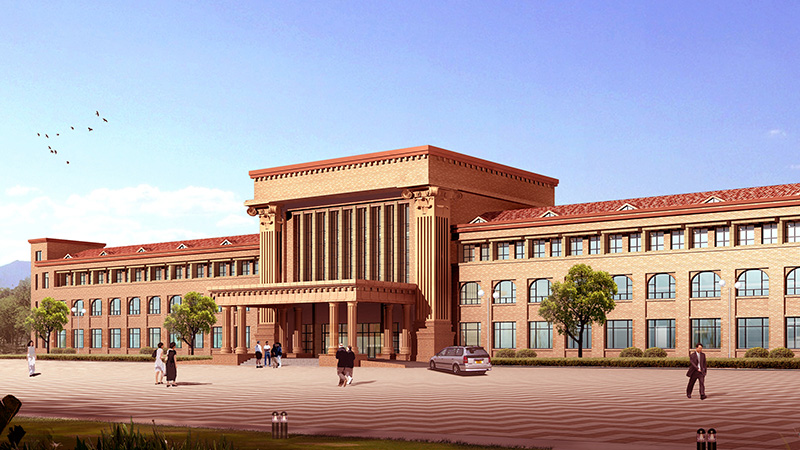close
Choose Your Site
Global
Social Media


| Availability: | |
|---|---|
| Quantity: | |
ZT109
TENGSHI
| Item: | ZT109 |
| Composition: | 100% Polyester |
| Width: | 55/56" (140cm) |
| Weight (g/m2): | 405gsm |
| Knitting Technics | Woven |
| Dye Method | Yarn Dye |
| Usage | Furniture,Sofa, Chair, Textile,Curtain |
Polyester is a synthetic fiber derived from coal, air, water, and petroleum. The term "polyester " encompasses a range of polymers, but polyethylene terephthalate (PET) is the most common type used in textiles. Polyester fibers are known for their strength, durability, and resistance to various environmental factors. These properties stem from the polymer's chemical structure, which provides stability and resilience.
In furniture applications, polyester can be used alone or blended with natural fibers like cotton to enhance specific characteristics. The fabric's versatility allows for various textures and finishes, catering to different aesthetic preferences.
One of the standout features of polyester is its exceptional durability. Polyester furniture fabrics are resistant to stretching, shrinking, and abrasion. According to industry standards, polyester can withstand over 15,000 double rubs in the Wyzenbeek abrasion test, making it suitable for high-traffic areas. This durability translates to a longer lifespan for furniture upholstered with polyester fabrics.
Polyester's hydrophobic nature makes it resistant to water-based stains. Spills are less likely to penetrate the fibers, allowing for easier cleaning and maintenance. This property is particularly beneficial for households with children or pets, where accidents are more common. Additionally, advancements in technology have led to the development of microfiber polyester fabrics, which offer enhanced stain resistance.
Sincerely recommend this fabric, if you are interested, please contact us.




| Item: | ZT109 |
| Composition: | 100% Polyester |
| Width: | 55/56" (140cm) |
| Weight (g/m2): | 405gsm |
| Knitting Technics | Woven |
| Dye Method | Yarn Dye |
| Usage | Furniture,Sofa, Chair, Textile,Curtain |
Polyester is a synthetic fiber derived from coal, air, water, and petroleum. The term "polyester " encompasses a range of polymers, but polyethylene terephthalate (PET) is the most common type used in textiles. Polyester fibers are known for their strength, durability, and resistance to various environmental factors. These properties stem from the polymer's chemical structure, which provides stability and resilience.
In furniture applications, polyester can be used alone or blended with natural fibers like cotton to enhance specific characteristics. The fabric's versatility allows for various textures and finishes, catering to different aesthetic preferences.
One of the standout features of polyester is its exceptional durability. Polyester furniture fabrics are resistant to stretching, shrinking, and abrasion. According to industry standards, polyester can withstand over 15,000 double rubs in the Wyzenbeek abrasion test, making it suitable for high-traffic areas. This durability translates to a longer lifespan for furniture upholstered with polyester fabrics.
Polyester's hydrophobic nature makes it resistant to water-based stains. Spills are less likely to penetrate the fibers, allowing for easier cleaning and maintenance. This property is particularly beneficial for households with children or pets, where accidents are more common. Additionally, advancements in technology have led to the development of microfiber polyester fabrics, which offer enhanced stain resistance.
Sincerely recommend this fabric, if you are interested, please contact us.



